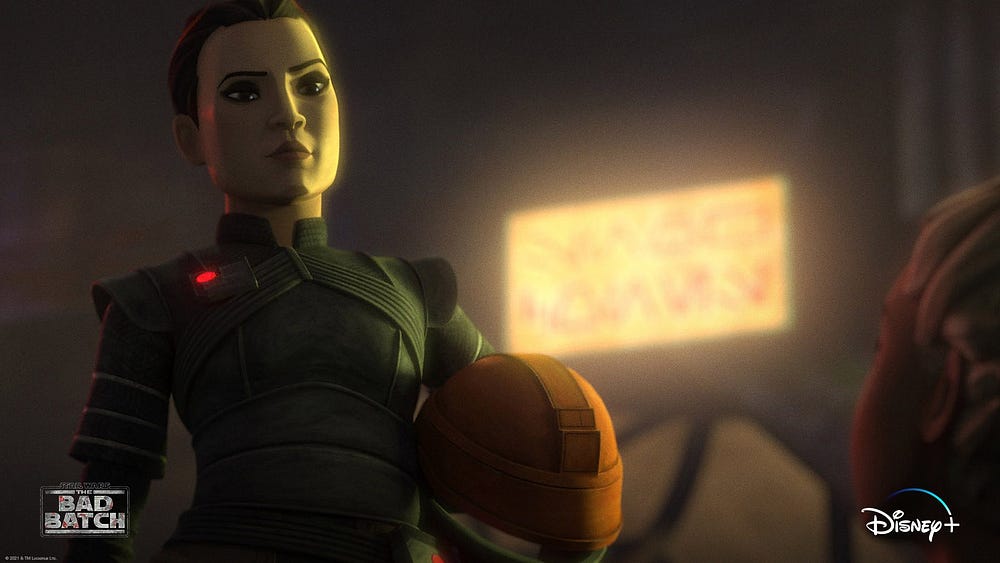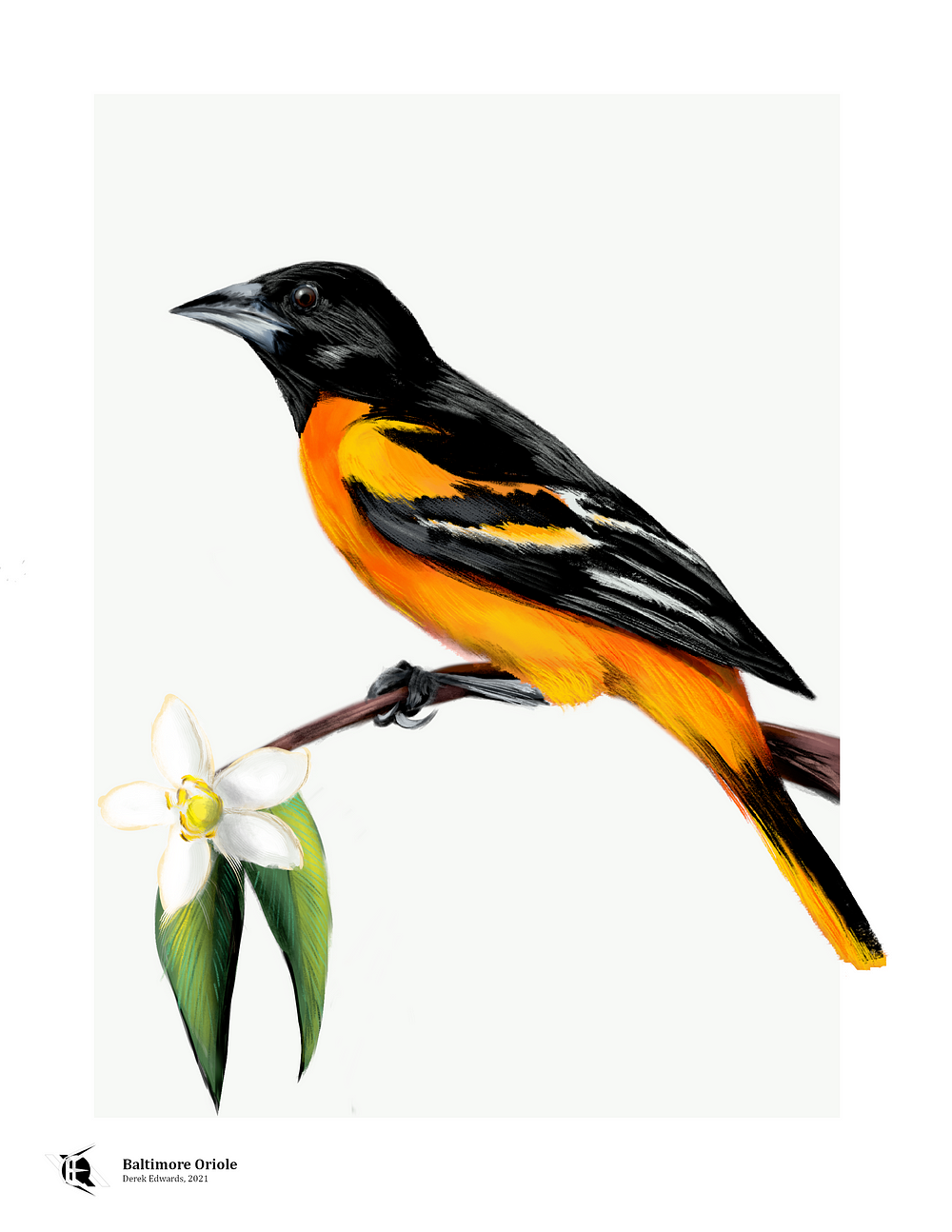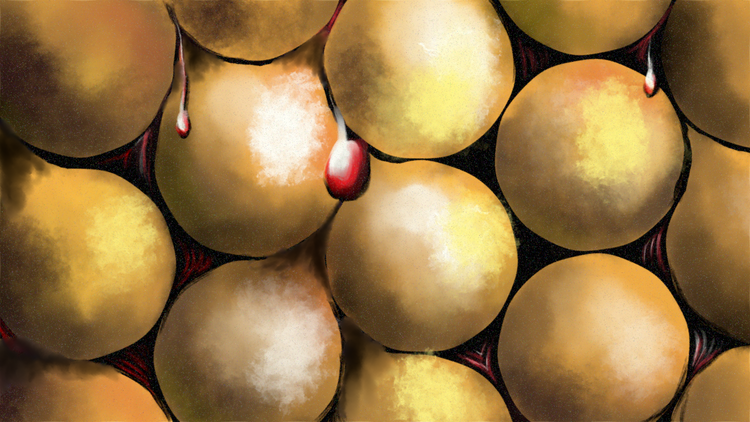
Running Commentary 5/24/2021
Hello,
The orioles have arrived! A male and female Baltimore oriole have both been spotted at their feeder, as well as in the general area. I don’t have any photos to share, but if you’d like to know what these birds look like, stick around for Bird of the Week.
Anyway…
Watching…
The Bad Batch had another new episode Friday, as usual. Here are my notes: SPOILERS

- More action this episode than the past few.
- Pantora was a neat setting. It had a big, cosmopolitan city feel, while still being distinct from Coruscant. They could have made everyone in the streets Pantorans, but they didn’t, showing that this was a crossroads world.
- Fennec Shand has appeared, after being teased in the trailers. I liked her more here than in The Mandalorian; she has more of her own stuff to do. She was a unique sort of bounty hunter who didn’t run into the story guns blazing. It made for some real suspense. Also, it looks like we’ll be seeing more of her after this episode. Good.
- Wrecker really does seem too stupid to have been an effective soldier. He remains the weak point of the show.
Playing…
I’ve had the chance to actually play a bit of Warframe again. I’m afraid I’m behind in my roster, as I haven’t finished farming Octavia Prime or Sevagoth yet. The Sevagoth farm in particular is pretty involved; I’d say it’s as bad as Harrow’s, but at least the new Corpus Railjack missions are good. (Harrow is one of only two frames I bought for plat, because Defection is seriously the worst mission in the whole game, and I was tired of running it solo over and over.) Outside of farming Sevagoth (and associated weapon and sentinel), I’m not sure how much the Void Storms missions will be played. Like the non-Railjack Void Fissure missions, you can only open one Void Relic at a time, and it’s just more efficient to do that with a Void Fissure, because those missions are shorter. I really hope DE re-considers letting players open more than one relic in the Void Storms, once the new content hype dies down.

Bird of the Week
As I alluded to in the opening, our bird this week is the Baltimore oriole. This is one of my favorite songbirds (guess why) and a favorite among many backyard birdwatchers. They are one of only two orioles in much of their range, which stretches from the Atlantic and Gulf coasts across to the Rocky Mountains; like their Western and Central American cousins, they are small New World blackbirds that feed primarily on insects, but which also eat fruit and nectar. They live in forest edge zones, the same places whitetail deer favor. Like deer, they are well suited to the American Suburb, though they are skittish around people and larger birds. The market is full of specialty feeders, which hold offerings of orange slices, syrup, and/or grape jelly to attract orioles. (Orioles will come to orange-colored things, but they prefer berries to citrus.) Orioles are also common sights in orchards, where they feed on both pest insects and the fruit itself.
These birds are fairly easy to identify. The males bear a passing similarity to the Eastern Towhee and the Orchard Oriole, though the Baltimore is much more vibrantly orange; two warblers, the American Redstart and (RC BOTW alum) the Blackburnian Warbler are more similarly colored, but they are much smaller. The female Baltimore oriole is more golden-colored, though still orange, and is overall much less vibrant, without the deep black accents. At the western edge of their range, Baltimore orioles live near and sometimes hybridize with the orange-faced Bullock’s Oriole. For many years, these two birds were considered members of the same species, the Northern Oriole, though this taxonomy was discredited in 1995.
The word “oriole” comes from “aureolus” the Latin word for a “golden” thing, and was first applied to the Eurasian Golden Oriole, a black-and-yellow bird unrelated to New World orioles. The Baltimore oriole in particular is named in honor of Cecilius Calvert, 2nd Baron Baltimore, an English Catholic who held land in Ireland, and, later, in the Americas in what is now the state of Maryland. “Baltimore” comes from the Irish “baile an tí mhóir”, which means “Town of the Big House”. The Calvert coat-of-arms (part of which lives on in elements of the flag of Maryland) featured a gold-and-black color scheme, which the English naturalist Mark Catesby was reminded of when seeing the bird. Today, the Baltimore Oriole is the state bird of Maryland, and the namesake of the city of Baltimore’s baseball team.
The Baltimore oriole’s binomial is Icterus galbula. “Icterus”, as we discussed when we looked at the Yellow-Headed Blackbird*,* means “jaundiced”, a reference to the yellow feathers found on this and most other New World blackbirds (family Icteridae). “Galbula” is a name from antiquity that likely originally referred to the Eurasian golden oriole.
Curation Links
To Cope With a Wartime Banana Ban, British Home Cooks Made ‘Mock Bananas’ | Rohini Chaki, Atlas Obscura
For the Gastro Obscura newsletter, Chaki takes a look at the blockade-enforced shortage of bananas in Great Britain during World War II, and what Brits of the time ate instead. I won’t spoil the story (and your appetite) by saying what with.
Who’s Who in the Movie Credits | John P. Hess, Filmmaker IQ on YouTube
[VIDEO] A half-hour of explanation of just who all those people listed at the end of films are, what they do, how they’re credited, and why.
How Pixar Uses Hyper-Colors to Hack Your Brain | Adam Rogers, WIRED
Excerpted from Rogers’s book Full Spectrum: How the Science of Color Made Us Modern, a look at how cutting-edge technology is used in Pixar films to bring colors to screen that can’t exist on screen, but only in the mind of one watching the screen. Includes a useful introduction to color space theory.
Fiction Detective | Sophie Haigney, The Drift
Citations are a mainstay of academic work, and the backbone of the interconnected web of scholarship that makes up formalized knowledge. Cited works bolster each other, lending credence to claims of factuality and well-reasonedness. But why, then, are so many works of fiction now sporting bibliographies as well?
How did the bluebonnet become a symbol of Texas? | Alex Temblador, National Geographic
Image-rich essay about the state wildflower of Texas. They’re pretty.






Member Commentary